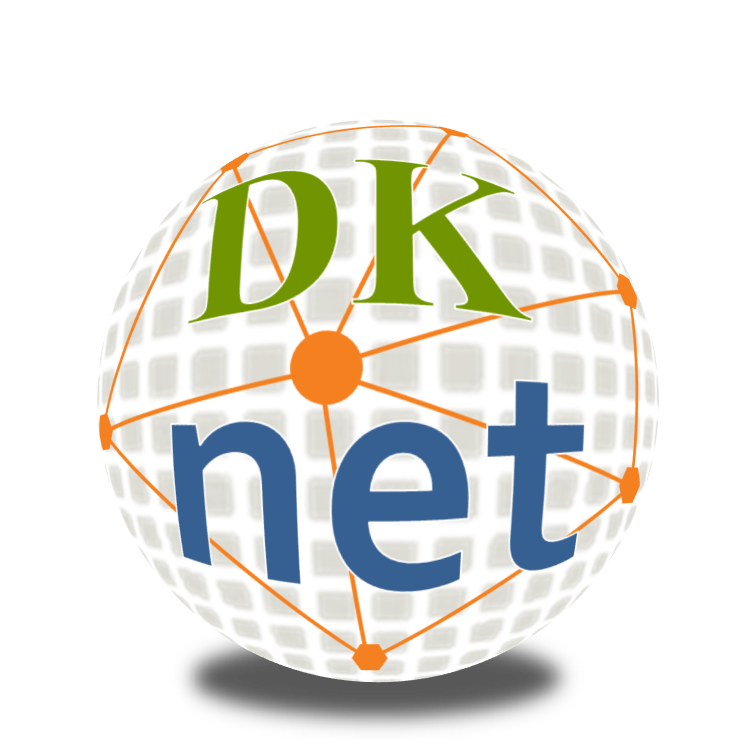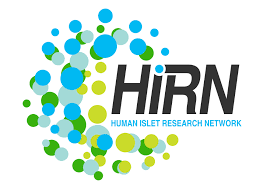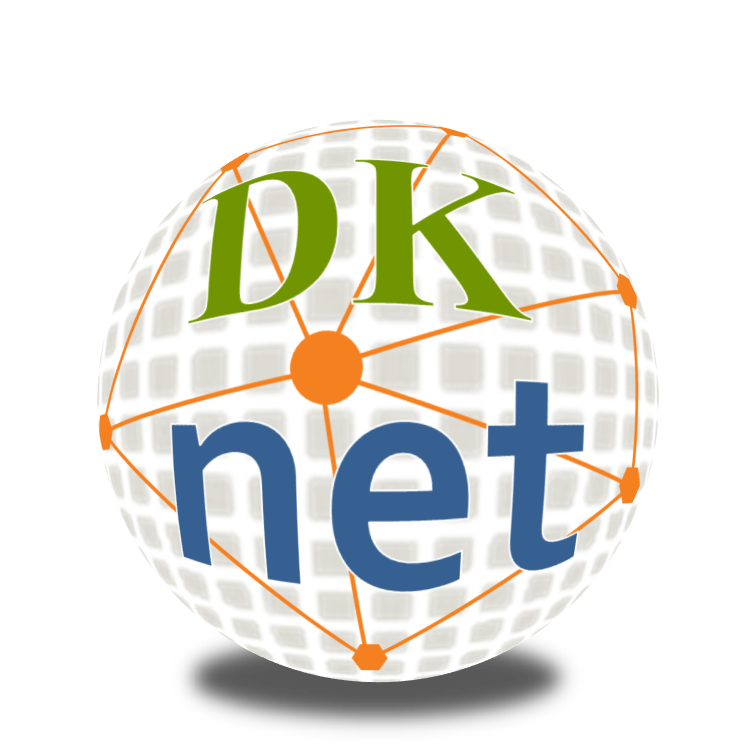Leaving Community
Are you sure you want to leave this community? Leaving the community will revoke any permissions you have been granted in this community.
Frequently Asked Questions
Q1: Where can I find resources about data management and sharing plans?
A: You can go to dkNET’s data management and sharing webpage. We list resources including policies, webinar recordings, slides, and samples. NIDDK also has a resource related to data management of sharing.
Q2: Where can I see the slides and recording of the presentation in dkNET’s data management and sharing office hours?
A: You can find slide and recording information here: https://dknet.org/about/blog/2535. Slides are shared via Slideshare and videos are shared via Youtube.
Q3: If we publish data such as in a paper or pre-print (e.g. bioRxiv), does this count as having shared the data? Does the data need to be in a repository?
A: A table or figure included in a manuscript does not count as sharing the data. You still need to share the underlying data (e.g. spreadsheet) and the appropriate metadata and data dictionary. If there is original data that leads to a table or figure (e.g. data extracted from images), this data would also need to be shared in an appropriate repository.
Q4: If we collect clinical data in our institution-level repositories, does this count as having shared the data?
A: This depends on what you mean by your institutional-level repository. For clinical data many institutes provide an institutional access to tools to collect clinical data (e.g. RedCap). The data in these institutional repositories are not typically used for data publication and sharing and the data would need to be exported and transferred to an appropriate repository. For human data, appropriate access control may be required. For human phenotypic data or clinical trials data there are a number of repositories that can be used (e.g. Vivli and dbGap).
Q5: How about large datasets, e.g. that contain a lot of images?
A: You can deposit these datasets to repositories the are equipped to handle large datasets that contain images (e.g. SPARC, Cell Image Library, Brain Image library).
Q6: Do we need to share preliminary data? This might result in a new discovery but we have not published it yet.
A: The policy does require the sharing of the data at the end of the award. However, you should discuss this specific situation with the program officer of the award.
Q7: Do we need to share negative data?
A: Yes, the policy does require the sharing of the data at the end of the award even if it has not been included in a publication. You can share this data via any appropriate repository. In addition to sharing the data, you may also be able to publish a data paper (e.g. in a journal such as Nature Scientific Data). The data paper provides information about why the data is collected and a description of the dataset itself). You don’t have to have to describe analysis of the data. For troubleshooting data (e.g. data collected when setting up a new instrument), you can describe that this data won’t be shared in your DMS plan. You can also discuss this with the program officer of your award.
Q8: Costs for certain repositories can be high. Does NIH cover the cost of these expenses?
A: NIH allows for covering the costs of data management and the sharing of data repository. Any costs related to the sharing of data from your award must come from the funds allocated to the award. It is important to note that some repositories may have lower costs based on their funding. In addition, it is important to discuss any potential cost issues with your program officer. That is why your DMS plan is important - allowing you to properly estimate your data requirements and estimate the cost based on the repository(s) you plan to utilize. With the new plan, NIH does allow funds to be budgeted for data sharing and those funds, which must be spent during the award period, can provide support provided after the end of the award.
Q9: Can we share data through GitHub?
A: GitHub is mainly for source code. We would not recommend using Github for data. For source code Github has partnered with the generalist repository Zenodo to publish software releases that can then receive a DOI for citation in the scientific literature. We recommend finding an appropriate repository for your data.
Q10: We are working on Insurance data. None of these data can be shared. What can we do?
A: You will need to document this in the DMS plan and discuss this with the program officer contact provided in the proposal information. Derived or summary data sets generated from the research may be able to be shared - you should check with your data provider as to what data can be shared or not. If an award is made, you may need to further discuss this with the program officer.
Q11: Our institute has its own data management system. Would it consider data sharing?
A: It depends on what that data management system provides. Many institutional data management systems are for collecting data within the institution and are not meant to provide public access to the data. Please check with your institutions to see if the data can be published so that it is shared with the broader scientific community. In most cases, however, you will need to transfer that data to an appropriate repository.
Q12: For biomedical images, such as de-identified image data in DICOM format. My institution has data sharing agreements with other institutions. What should we do?
A: That is most likely not sufficient to meet the data sharing requirements. You will need to find an appropriate data repository where your data can be shared. There are a number of repositories, for example, that do accept de-identified image data. If you have data where there may be concerns about identifiability, you can describe these in the access section in the proposal. You will need to work out specific details in the DMS plan with program officials if an award is made.
Q13: Where can I deposit flow cytometry data?
A: You can check the suggested data repository webpage at dkNET. For example, the FLOWRepository (RRID:SCR_013779) might be a place where you could deposit your data.




